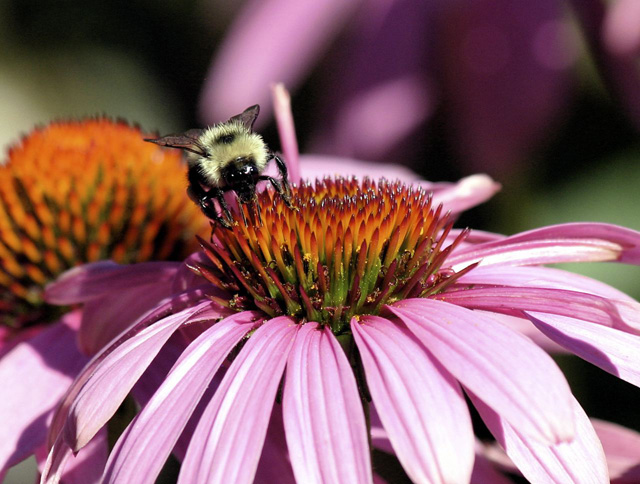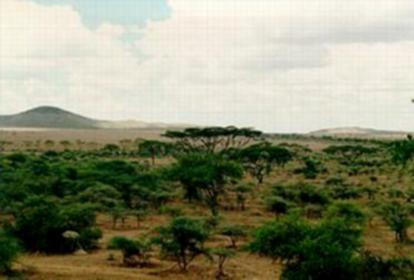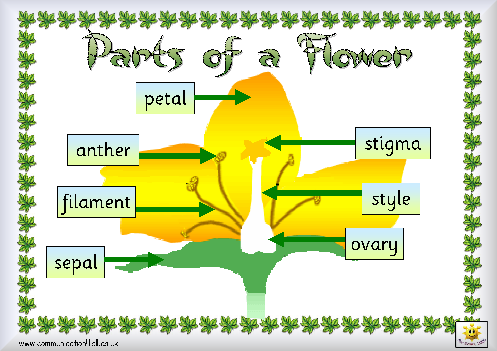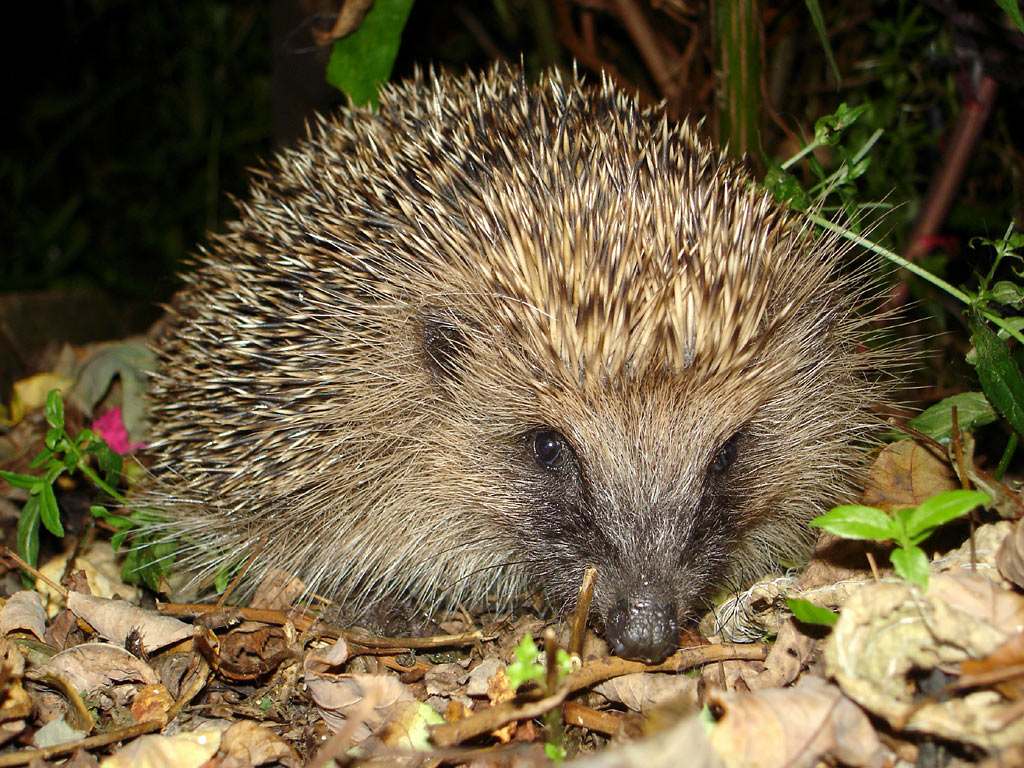Saturday, April 23, 2011
Blog #10
Dissection is an important part of biology because dissection makes it easier to explain some ideas of biology. When there is a dissection lab it is easier to understand the ideas when the student is working on the dissection hands on rather than just reading about the parts of an animal or plant in the book or looking at graphs or diagrams. Sometimes people learn easier by doing the lab than reading about it so its the same about dissection, when some students read about the lab in the book they may become confused but they may understand it if they are actually working on the dissection. Another thing is that dissection makes it easier for students to see the similarities and differences between two animals or plants when they are doing the dissection than when they are look at a picture in the book. The animals that should be included in biologically study are probably frogs, rats, small sea creatures and plants such as flowers. Some rare creatures should also be included but may not be a good idea to be dissected.
http://en.wikipedia.org/wiki/Dissection
http://uscunion.sc.edu/Biology/dissection.htm
Thursday, April 14, 2011
Blog # 9
A competition interaction is between two species or organisms where the fitness of a species/organism is lowered with the presence of another species/organism. The shortage of resources such as food, water, and territory that both species/organism require the use of. Competition happen both within the species/organism and between species/organisms. Competition is one of the biotic and abiotic that affect community structure. Interaspecific competition is competition between two different species. An example of competition interaction is when two trees are growing next to each other and are competition for sunlight.
Commensalism is an interaction where one organism benefits the other organism but the organism being used isn't damaged or harmed. A good example of commensalism are condors, condors eat dead animals and benefit from the meat. Another example is like in the picture above a fish living in an under water plant, the fish can hide from predators in the plant and the plant doesn't get harmed by the fish. Mutualism is when two organisms or species interact and both of them benefit from each other. Like in the picture above of the bee and the flower both of these organism benefit from each other, the flower gets pollinated by the bee and the bee gets pollen to make honey for its hive.
 |
| Competition |
 |
| Commensalism |
A competition interaction is between two species or organisms where the fitness of a species/organism is lowered with the presence of another species/organism. The shortage of resources such as food, water, and territory that both species/organism require the use of. Competition happen both within the species/organism and between species/organisms. Competition is one of the biotic and abiotic that affect community structure. Interaspecific competition is competition between two different species. An example of competition interaction is when two trees are growing next to each other and are competition for sunlight.
 |
| Mutualism |
A parasitism interaction is a relationship between two organisms or species where one organism benefits at the expense of the other organism. The parasite would benefit from its host while the host suffered or slowly dies while the parasite thrives. Parasites could also be a virus or bacteria. A mosquto feeding of a live animal is an example of parasitism because the mosquto would gain from the host but the host not only doesn't gain from the parasite but also loses nutrients.
 |
Parasitism |
Monday, April 11, 2011
Blog # 8
This semester i learned about a lot of things including the usual, geometry, english, etc. One thing i really surprised me was that i acctually like the book my english class is on right now, not saying that i didnt like the other books that we read in class but this one, To Kill a MockingBird has become my favorite book. It might be because it is so different from all the books i have read in class and at home on my own time. The book is heavily detailed and the gradually build to the conflict is amazing. What i really learned in geometry is that no matter how much i have studied when i take a test i have to, absolutely have to check ALL the answers before i turn the test in. Mandarin is mostly the same, i dont really pay attention there beacause im trying to finish my homework so i wouldnt have a huge load after swimming. One thing that is really confusing me is how to be able to volenteer at the YMCA and still be able to join the badminton club when the sceduals are overlaping into each other. I think i am going to be kicked out of the badminton club because even if i had time my parent dont really approve my idea of joining the badminton club since my skills are so horrid. Still i was hoping to at least be able to go sometimes but its pretty hard with opposing parents and a voleenteer job to go to. So far i have managed to go to practice at the right time so i wouldnt be cut out of the club but i dont know about later. Another thing that is troubling me is next year as a softmore. For next year i had signed up for English honors, Alg. 2 honors, Chem, World History Ap, Mandarin, and a type of physical education. But what im worried about is that all the honors and aps will make it too hard for me and ill start to fail all the classes...should i drop a class? Which one? Anyways in biology i really learned about alot of things i hadnt know about like for one that there are two different pyramids. :D
Blog #7 Biomes
Biomes or Ecosystems are the climate conditions on the Earth that we live in. Communities of plants and animals along with soil organisms are examples of ecosystems. The ecosystem includes
both abiotic and biotic factors. To tell apart the different ecosystems scientist use the factors, latitude like artic, boreal,temperate and subtropical or tropical. Humidity is another factor that scientist use to determine different ecosystems like seasonal variation: rain fall, a dry summer, and a wet winter. Another variation that determines a different type of Ecosystem is elevation, increasing elevation causes distribution of habitat types that is similar to increasing latitude. Ecosystem are commonly called a prairie, savanna, or forest. In the forest ecosystem a common sight would be the plants, shrubs, and grasses. Leafy greens are a common sight in the forest ecosystem that also include animals such as microbes that live in the soil. Some other inhabitants of the forest ecosystem are the insects and spiders that help the decomposers of the forest. The consumers that are herbivores like rabbits and deer, deer is a common sight in the forest and could be seen grazing on the lush grass of the forest ground or on the leaves of some of the trees. Other animals are raccons, possums, and preditors like coyotes and bears. Other preditors include bobcats and lynx that prey on other animals such as omnivores and smaller meat eatting animlas. Compared to the ecosystem of the Savannas there are alot of contrast between the two ecosystems, Savannas and forests.
In the Savannas the type of plant life that could be found are shrubs and isolated trees that are unlike the plants of the forest where the tree growth crowd the land. The floor of the savanna's are covered with rolling grass that are somewhat semi dry from the warm temperature that stretches year round. The two seasons of the Savannas are winter and summer. The winters are a long dry season while opposite from it is a long wet season that is summer. The animals found in the Savanna's habitat are animals that can survive the Savanna's harsh climate amoung these are birds like shrikes, hornbills, grey louries and green pigeons. Other animals include flycatchers, the knysna, purple-crested louries, rollers and raptors. The larger animals include the well known lions, leopards, cheetahs, and elephants. In addition there are also buffalos, rhinos, and hippos. Then there are the tall giraffes, the striped zebras, gazelles, kudus, waterbucks, and oryxes. But these are only some of the many animals to be seen in the Savanna's.

Subscribe to:
Posts (Atom)





